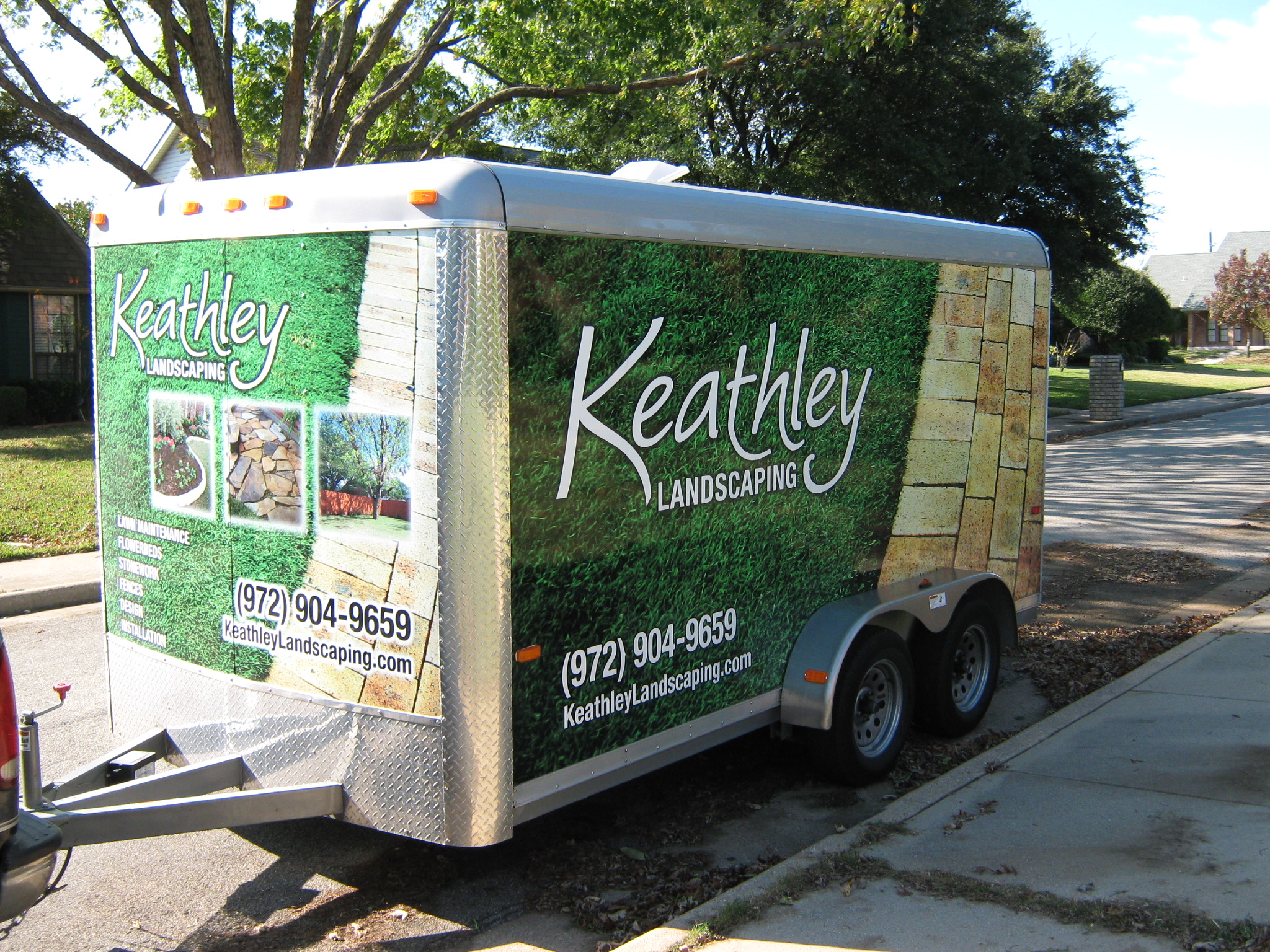French Drains: Installation Mistakes and How to Avoid Them
French drains are a popular solution for dealing with excess water in your yard or basement. However, like any home improvement project, their effectiveness depends on proper installation. In this comprehensive guide, we will explore the common installation mistakes associated with French drains and provide actionable tips to help you avoid them. By the end of this article, you’ll be equipped with the knowledge to ensure your French drain system is both effective and long-lasting.
Understanding the Purpose of French Drains
Before delving into installation mistakes, it’s crucial to understand what French drains are and their primary purpose. At its core, a French drain is a trench filled with gravel or rock containing a perforated pipe that redirects surface water and groundwater away from a specific area. They are commonly used to prevent flooding, manage stormwater runoff, and protect the foundation of buildings.
The Importance of Properly Installed French Drains
Improperly installed French drains can lead to a host of problems, including ineffective drainage, water damage to your property, and costly repairs. According to the National Association of Home Builders, water damage is a leading cause of structural issues in homes, underscoring the need for efficient drainage systems. With that in mind, let’s explore the common mistakes homeowners and DIY enthusiasts make during installation.
Common French Drain Installation Mistakes
1. Incorrect Slope and Leveling
One of the most frequent errors is failing to achieve the correct slope. For a French drain to function effectively, it must have a downward slope to guide water away from your property. The ideal slope is about 1% to 2% (or 1 to 2 inches of drop per 10 feet of length). Without this gradient, water can stagnate, defeating the purpose of the drain.
Tip: Use a laser level or string line to ensure accuracy when creating the slope. If you’re unsure, consult a professional to verify your measurements.
2. Inadequate Drainage Pipe Selection
Choosing the wrong type of pipe can severely impact the performance of your French drain. Perforated PVC or corrugated polyethylene pipes are commonly used, but each has its specific applications. PVC pipes are rigid and more durable, making them suitable for areas with heavy loads, while corrugated pipes are flexible and easier to install in curved locations.
Tip: Assess your property’s specific needs and select a pipe that matches the soil conditions and expected water volume.
3. Insufficient Gravel Fill
Gravel is an essential component of a French drain, providing a porous medium for water to flow through and into the pipe. Using too little gravel can restrict water flow and reduce efficiency. Your trench should be filled with gravel to about 2 inches below the surface.
Tip: Opt for clean, washed gravel to prevent clogging and maintain drainage efficiency.
4. Poorly Designed Drainage System Layout
Another mistake is failing to design a comprehensive drainage plan. Simply installing a French drain in one part of your yard may not address all water issues. Consider the entire landscape, including slopes, existing drainage patterns, and potential water sources.
Tip: Create a detailed plan or consult a landscape architect to ensure your drainage system is well-integrated into your property.
5. Lack of Geotextile Fabric
Geotextile fabric acts as a barrier to prevent soil and debris from entering and clogging the drain. Skipping this step can lead to reduced effectiveness over time as soil infiltrates the gravel and pipe.
Tip: Lay geotextile fabric along the trench before adding gravel, and wrap it around the top to keep the system clean.
How to Avoid French Drain Installation Mistakes
Plan Thoroughly Before You Start
Before breaking ground, take the time to plan every aspect of your French drain installation. Assess your landscape, identify problem areas, and determine the type of pipe and gravel you’ll need. Utilize tools like online landscape design software or consult with professionals if necessary.
Invest in Quality Materials
While it may be tempting to cut costs by opting for cheaper materials, this can lead to subpar results and additional expenses in the long run. Invest in high-quality pipes, gravel, and geotextile fabric to ensure your drain system operates efficiently.
Consider Professional Assistance
If you’re unsure about any aspect of the installation process, consider hiring a professional. While DIY projects can be rewarding, the expertise and experience of a professional can save you time, money, and frustration.
Tip: Research local contractors and read reviews to find a reputable professional with experience in French drain installations.
Regular Maintenance and Inspection
Once your French drain is installed, it requires regular maintenance to function properly. Inspect the system periodically to ensure it’s free of debris and clogs. Clear any obstructions, and check for signs of wear or damage.
Tip: Schedule inspections during and after heavy rainfalls to ensure your system is operating as expected.
Conclusion
Installing a French drain is an effective way to manage water issues on your property, but it requires careful planning and execution. By avoiding common mistakes such as incorrect slope, inadequate materials, and poor system design, you can ensure your French drain provides long-term protection against water damage. Whether you choose to tackle the project yourself or enlist the help of a professional, following these guidelines will help you achieve a successful installation.
Remember, the key to a functional French drain lies in attention to detail and the use of quality materials. With the right approach, you can protect your property and enjoy a dry, secure environment for years to come.






































Recent Comments